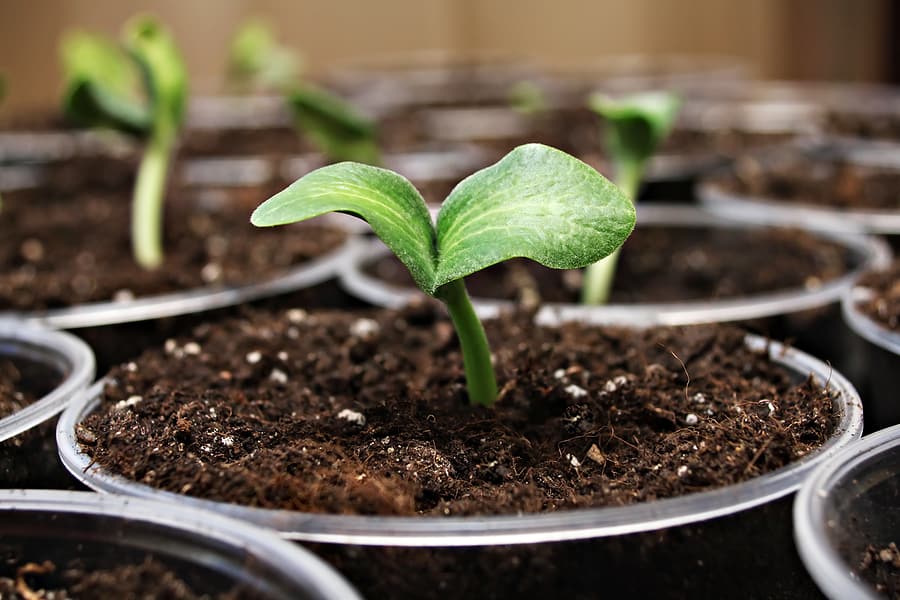
“The Backyard Gardener” by Kelly Orzel (Lyons Press, 2017) is a comprehensive gardening guide that offers useful advice to help readers build their confidence and know-how. This excerpt from chapter 2 explains how to grow a plant from seed.
Buy this book from the MOTHER EARTH NEWS store: The Backyard Gardener
Propagating is my all-time favorite thing to do in the garden — it’s like creating your own little bit of magic in the dirt. At its root, propagating is all about making new plants and increasing your plant stock. It can be achieved in one of three ways: by seed, through cuttings, or by layering. These simple techniques are fun, inexpensive, and rewarding. Certain plants respond better to one method over another. For example, French tarragon should be started with cuttings. It doesn’t come true (or flavorful) to seed, whereas tomatoes and most vegetables grow readily from seed.
Soil And Its Materials
Regardless of which method of propagation you’re employing, there are some materials you cannot do without. Soil, water, pots or trays, labels, a sharp knife, and snips are essential. In addition, bottom heat can speed up germinating and rooting. Most gardeners swear by their secret soilless seed starting mixes, but oftentimes you will be able to find one of these mixes at your local garden center. Traditional all-purpose mixes are wasted on seeds, which carry their own nutrient supply with them. The additional fertilizers can actually inhibit germination and growth. Sterile, soilless mixes offer an economical space for water and air to go and roots to develop without squandering expensive food and fertilizer. Fine bark is just what is sounds like — broken down bark — and you can either generate this on your own by shredding the bark before it’s composted (speeding up decomposition) or purchasing it locally or online. It is light and improves drainage and air circulation. Perlite is expanded volcanic glass that is used for its aeration and drainage capabilities. Vermiculite, made from expanded mica, aids in aeration and drainage, but it is its high water-retentive qualities that differentiate it from perlite. Coarse sand is sometimes used when you want to improve drainage without the added aeration or water retention. Coir and peat moss are made of natural, fibrous material. But while coir is made of coconut hulls, peat is derived from decaying plant material in peat bogs. There is some controversy surrounding peat moss as it takes several millennia to develop and as such is a non-renewable resource. The ratio of ingredients varies from mix to mix, but coir or peat should make up one-third to two-thirds of the mix to make the most of its water- and nutrient-holding qualities.
Seed-Starting Recipe
• 1 Part fine bark (or screened compost)
• 1 Part perlite or vermiculite
• 2 Parts coir or peat moss
To make your own seed-starting medium, toss a combination of compost, fine bark, topsoil, perlite, vermiculite, sand, coir, or peat moss into a large Tupperware bin, wheelbarrow, or dry sink, wet it down so it is the consistency of a wrung-out sponge, and mix. Many gardeners screen their compost, bark, and other materials to achieve a fine blend, but I’ve found that as long as my compost or fine bark is broken down enough (six to eight months), I don’t need to use a sieve. It also ensures that the ammonia is decomposed enough that it won’t harm or inhibit your seedlings’ growth.
Sowing Seed
Almost any plant can be grown from seed regardless of whether it’s an annual, biennial, or perennial. And while there’s nothing wrong with supporting your local garden center, it is substantially cheaper and abundantly more satisfying to grow your plants rather than buy them.








